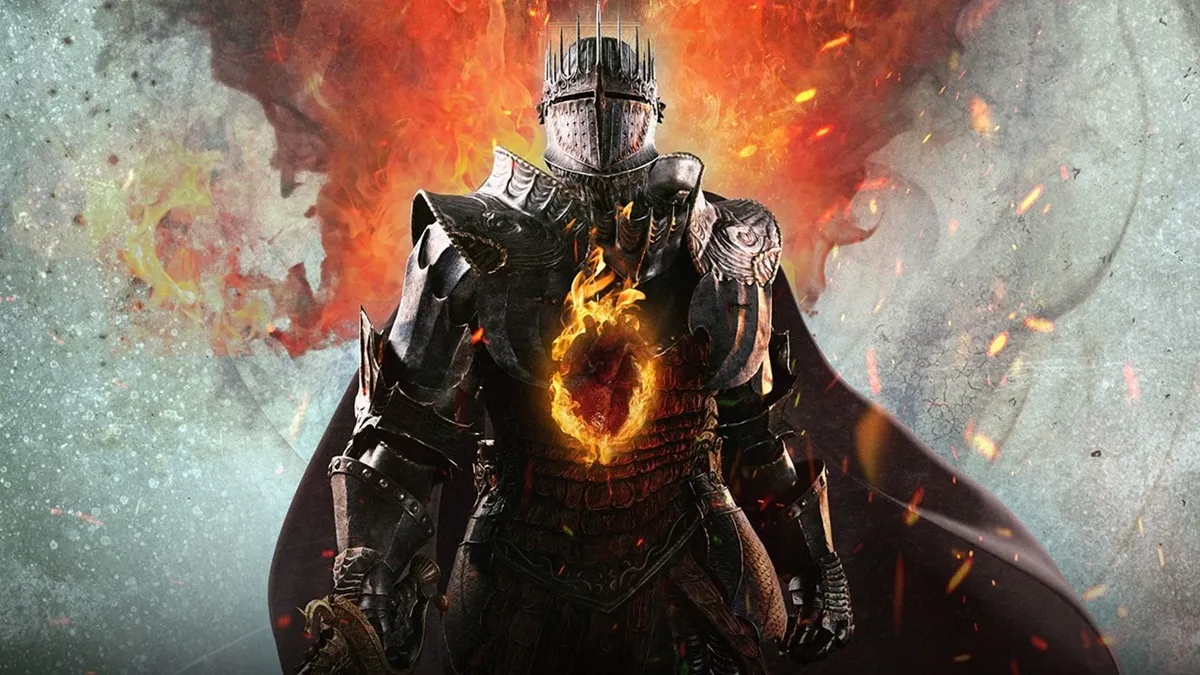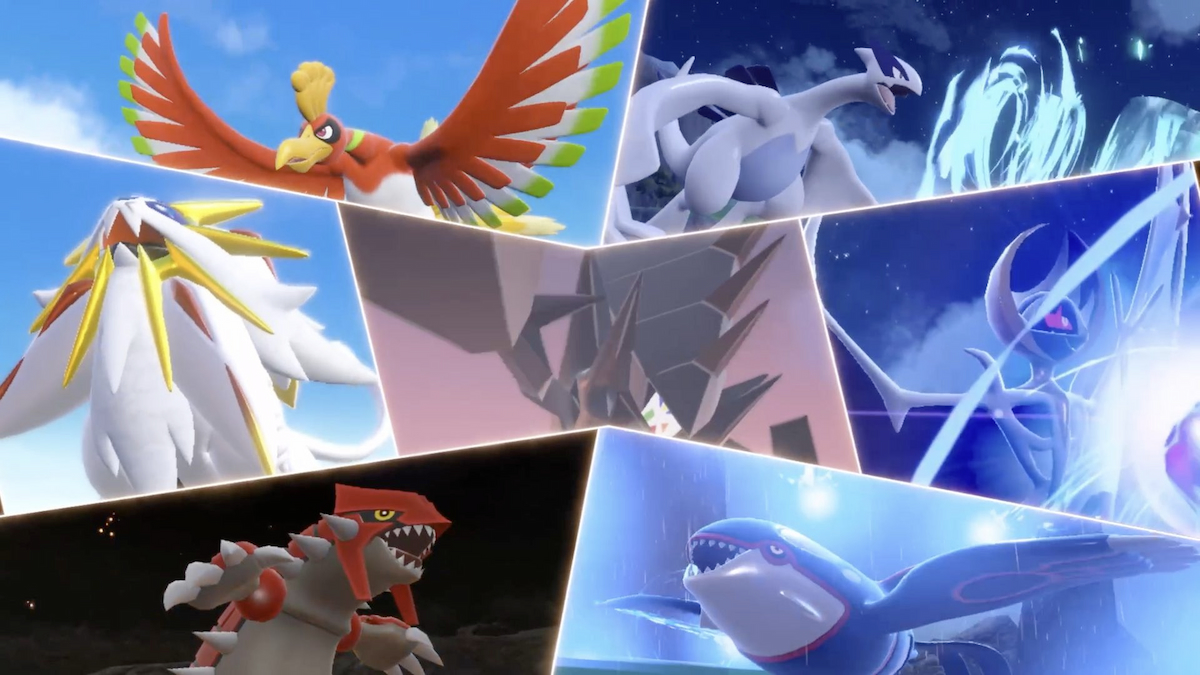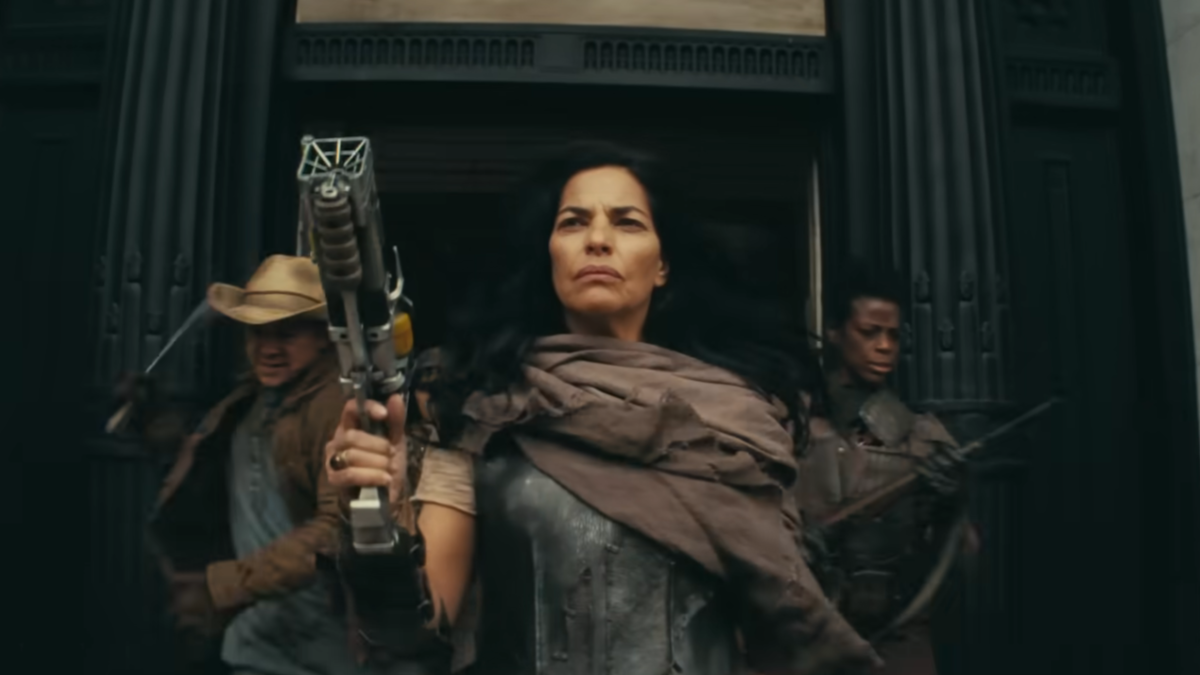[Getting It Right is a monthly series in which I take a look at the elements that make up a classic game. What were the key ingredients that set it apart and make it hold up to this day? Read on to find out.]
It’s not enough to just kill bad guys and save the day. You need to look good doing it, too.
Whether it’s the akimbo guns of John Woo or the slow-mo of The Matrix, action films of the ‘90s found a way to take what should be a three-second partnership between bullet and target and make it into an elaborate 5+ minute ballet of bullets, mayhem, and badassery.
In the early ‘00s there was no game that embraced this sensibility more than Max Payne. From the tongue-in-cheek film noir story to reloading an uzi, developer Remedy gave every aspect of the game style and visual flair. Once you look past the permanently constipated face of Payne and come to terms with literally leaping into combat, you’ll find Max Payne remains an example of third-person shooting done right.

Max Payne
Developer: Remedy Entertainment
Publisher: Rockstar Games, Gathering (PC)
Released: July 23, 2001
In a nutshell: With only a PC arcade-style racing game behind them, Death Rally, Remedy spent half a decade developing Max Payne: An ambitious shooter set in NYC that told a contemporary noir story through comic book panels, cutscenes, and action. It stood out in 2001 for its photo-realistic graphics, cinematic presentation, and slow-mo mechanic.

Spotlighting the player’s actions
I often find myself slowly panning the camera like a E3 demo guide when I play a Call of Duty game — going against the game’s player direction in order to give myself a more cinematic experience. But, when I play Max Payne I feel like the ideal performance leads directly to the ideal visual feast. This is a rarity in videogames, but I’m not sure why it should be.
Game developers must always perform a balancing act in giving players space to perform while also giving them rewards for their performance. The key to Max Payne’s success is its ability to highlight player action in a flashy way without taking away their influence or ruining the flow of action. Max Payne was revolutionary in combining these two aspects into a seamless experience. Where other games might put you in a fight and then present a cinematic of the events following it, Max Payne’s visual flair in battles came directly from the player’s actions — letting a well-aimed bullet and bold dodge trigger brief cinematic moments.
Metal Gear Solid made me feel like I was watching an awesome action flick, but it wasn’t until I played Max Payne that I felt I was in one. By framing the player’s actions with panning camera angles, dramatic zooms, and mesmerizing slow motion, Max Payne put the spotlight on the player’s actions in a way never attempted before.
Developers shouldn’t be inspired by the mechanic of player activated slow-motion. Instead, they should focus on the effect framing a player’s actions can have on combat. God of War and Uncharted achieve the same impact by presenting wide cinematic angles during platforming segments. Ninja Gaiden 2 applied this by highlighting deathblows in spectacular fashion, while Deus Ex: Human Revolution added spectacular visual animations to certain abilities when successfully performed. Even Resonance of Fate, a Japanese RPG of all things, managed to make a rote battle into a John Woo fever dream where characters endlessly jumped and fired guns when given the order.
In years since Max Payne‘s debut, God of War, Fallout 3, and other games have done this in their own way to great effect. It’s easy to look at bullet time as a gimmick or a novel feature. In truth, it changes everything: the tone, the pace, and the spectacle of combat. There is nothing else like it. Even though others games replicated this feature, as in the F.E.A.R. series and Stranglehold, it never felt quite as special as it did in Max Payne.

Versatile arsenal
A good selection of weapons in a game is defined by its strengths as much as it is defined by its shortcomings. On the surface, Max Payne has the most generic set of weapons a videogame could possibly offer. As it should — after all, the story is based in New York City, circa 2001. While sci-fi and arena shooters may have more imaginative weapons, few games strike the near perfect balance of Max’s arsenal.
Due to careful calibration on the developer’s part, each weapon has its ideal time and place. Even during the game’s final hours, I found myself reaching to weapons obtained hours earlier out of strategic necessity. Sure, the Striker may have terrible spread (in the first Max Payne, at least) — and you can cheat the reload of every weapon by quickly swapping them in-and-out — but otherwise the entire weapon selection is pretty much flawless. In one instance, you may assume a door in front of you leads to a narrow hallway, so you equip dual Ingram uzis to deal maximum damage in a short amount of time. Turns out it’s a wide open courtyard with enemies above and below. Oops! So you snipe an enemy above, pull out the M4 Carbine on enemies below, and dive into an incoming group of enemies with dual Desert Eagles.
As good as the first Max Payne’s weapons were, the sequel perfected it by giving projectiles a dedicated button and rebalancing other weapons (although the grenade launcher and baseball bat were sorely missed). While many games have a loadout similar to Max’s, it’s rare they strike the same balance. The difference it makes is drastic. Instead of leaning toward the vastly superior weapon, Max Payne’s intense combat scenarios and challenging difficulty demand the player to know what’s right for a specific enemy type and setting. Every battle is a victory well earned in Max Payne, even when it leaves poor Max hobbling on one leg toward the next ambush.

Emotional complexity
When David Cage and Jenova Chen speak of “emotional complexity”, I roll my eyes. After all, who is to say a father grieving for his kidnapped son is more emotionally complex than Kratos’ endless rage at the gods? From a distance, every emotion is equal in its potential for impact. It all depends on delivery and the player’s value judgement.
However, I don’t entirely dismiss the idea of “emotional complexity.” It’s just that to me it means something much different. It’s not about the value judgement of a specific emotion but the layering of contrasting emotions: The way a Smiths song can sound so dour, while Morrissey’s sardonic lyrics can make me smile. The way George A. Romero’s Dawn of the Dead can make a zombie a source of fear seconds after being a source of laughter. Max Payne is also full of emotionally complexity. In play, the game can be harrowing depending on player health and ammo. In storytelling, the game can be freighting or laugh-out-loud funny depending on what it’s presenting at the time. In one instance you are in a nightmare having a dead baby shoved into your face, while another stage contains a parody of BBC’s Upstairs Downstairs.
Having contrasting emotional elements isn’t a key to success, as Fez and Sword & Sworcery recently proved. Both games have dialog and elements that break the game’s fiction for a cheap, self-knowing laugh. It all comes down to delivery. While Max Payne 2 may take itself a bit more seriously, both games succeed in skillfully telling a story while giving the player enough opportunities to laugh, tense up, and occasionally shit themselves.
True emotional complexity — that is contrasting emotions piling into each other; not sappy music playing over pastoral landscapes — makes for games with more depth. Whether it’s melancholy music playing over an upbeat adventure or comedic dialog overlapping a harrowing scenario, layered emotional tones can create unique, memorable moments in games.

Start with a bang
Neither Max Payne has a good story. Sure, they have great atmosphere, personality, and characters, but they hardly make up a tale we haven’t heard before. What these games do have, however, is an immediate and clear goal given to the player by a time-tested story method: starting in media res.
For you illiterate swine, in media res is a Latin term which means “into the middle of things.” It’s when a story begins without introducing the setting, characters, and/or scenario. The audience enters into the story at a mid-point. The result is two-fold: positive and negative. On one hand, it creates an indifference in the viewer by distancing them from the characters’ reality. On the other hand, it creates a goal for the viewer: “I must figure out how things got to this point!”
Thankfully, Max Payne is such a great narrator that we feel connected to him despite not understanding his situation. Max’s goal and our goal both intersect and conflict: We want him to get his revenge but we also want to know how he got his revenge. It’s an odd thing.
I can’t tell you how many games I’ve played that start me from square one. Whether I’m a soldier in a training course or an orphan boy in a mystical village learning ancient mythology, I’ve been through the ringer so many times in games that I now find starting a new one intimidating due to the inevitably dull opening act. Max Payne’s approach is refreshing.
I don’t need to have everything spelled out for me. If a developer feels that they must slowly initiate the player to the game world’s history, please have the restraint to hold back until an hour or so into the action. Exposition is a cheap tactic in film, but in games it can be devastating to immersion and flow. Not every game needs to follow suit, but if games considered reining in the exposition early on we could tell familiar stories in new ways. Which is what storytelling should be about!

Intelligently varied enemy encounters
Individuality is overrated. Location is everything. Just look around your day job or school. Are the most successful workers/students so stunning or are they just the product of fortunate events that lined before them?
Sure, Max Payne may not have the enemy variety of an id Software game, but it makes up for it through economical placement. The game consistently changes things up when it comes to enemy positioning and strategy. Sometimes you’ll open a door and a thug will be standing in front of you with a shotgun pointed toward your face, so you point one right back at him. Another time you may have thugs running away from you for cover — when do you ever seen that in games? Thugs come in through windows, elevator shafts, and occasionally grapple down from above. You are constantly on your toes. A far cry from Call of Duty, where enemies shuffle out of the same door and line up behind the same wall.
It’s hard to give enemy variety to a game grounded in reality. Uncharted and Call of Duty throw heavily shielded enemies for challenge, but they are a nuisance that ruins the flow of combat. Max Payne shows that being creative with simple enemies and increasing their numbers can be much more engaging than one super-powered enemy with a shotgun — though even Max Payne makes this mistake with a couple lackluster boss encounters. Thankfully these are the exception rather than the rule.

I’ll be completely honest: I was worried I would have to force this entry or completely abandon it all together. As much as I loved Max Payne in 2001, I wasn’t sure it would hold up. I was pleasantly surprised than to rediscover how fantastic it is in nearly every aspect. The sequel made some major improvements in combat, but I still prefer the tone and quirks of the first. It’s hard to pick between the two but thankfully no one is forcing us to.
I find Rockstar’s changes to the series very disconcerting as a fan, but I’d rather they make it their own than force themselves to fit into the mold Remedy made. The offbeat humor and tongue-in-cheek story of Max Payne definitely isn’t something most developers would attempt, which is a big factor of why it’s still a refreshing play.
One thing I trust Rockstar will get right is the series’ penchant for turning combat into a spectacle worthy of a Hollywood action film. So many developers today fail to realize that having action surrounding the player isn’t the same as them contributing to it. There are only so many times you can watch a scripted sequence of a helicopter crashing and feel impressed. As the middling Modern Warfare 3 proved, having more helicopters falling and more explosions isn’t the answer. The answer, upon revisiting Max Payne, is painfully obvious: Let the player tell the story through their actions and make the presentation so smooth that it feels as if the camera, animation, and enemy reactions were choreographed all along.






